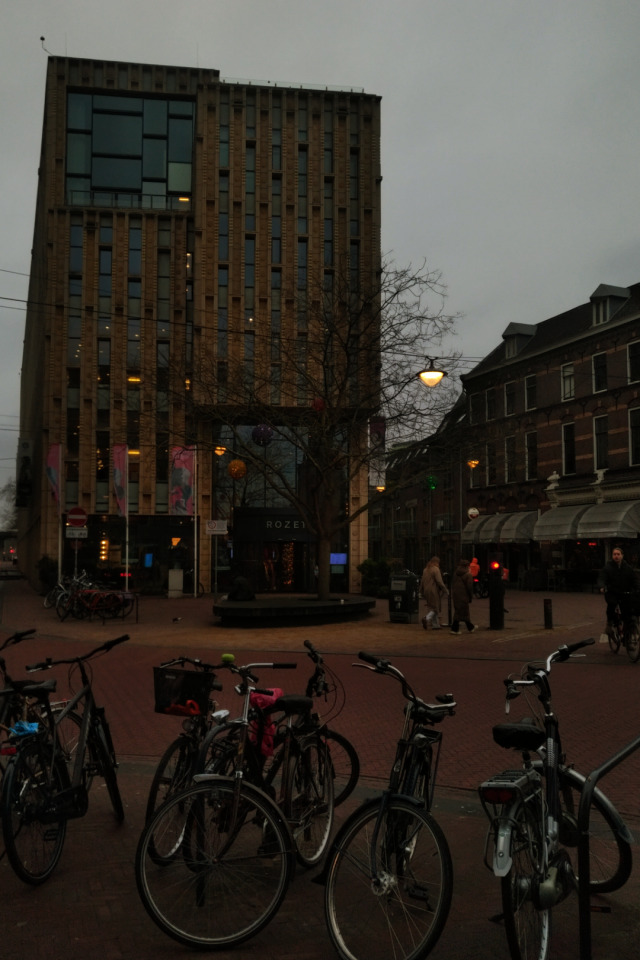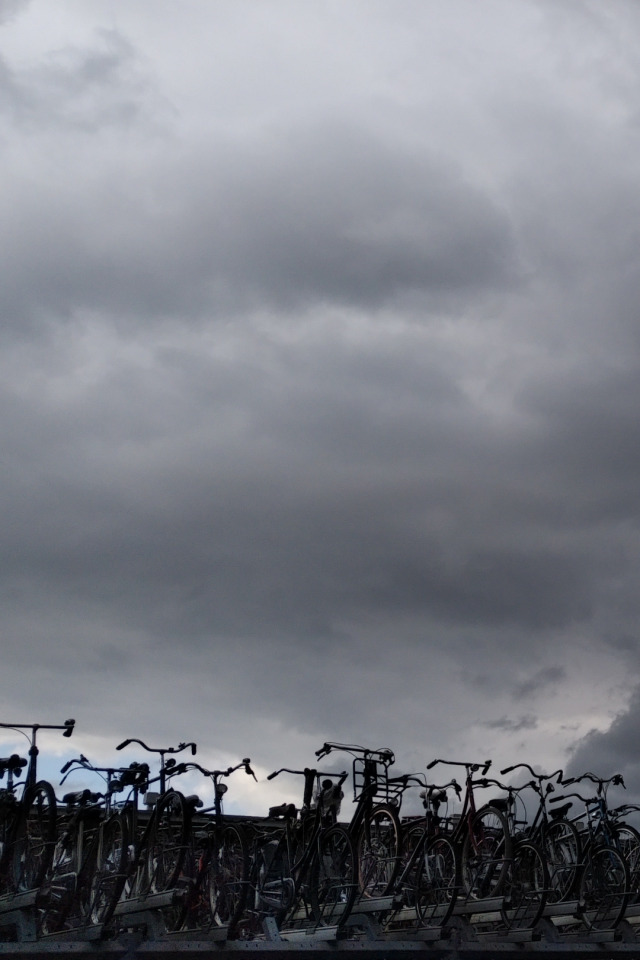



Erfahrungsbericht
Vladislava K., International Management Studies in the Baltic Sea Region, 5. Semester, Niederlande, Arnhem, HAN University, Wintersemester 2024/25
Up in the elevator with the Dutch
Choosing a study program
Choosing a country was easy for me since the Netherlands had been my top priority from the start. HAN University offers a wide range of courses in the International Business program for exchange students. So, having studied carefully the catalogue of courses I selected those that best matched my academic interests.
Application process
Everything went fast and smoothly: I prepared the necessary documents, filled in the form with my selected courses, submitted my application on time and received my admission confirmation shortly thereafter.
Apartment search
Immediately after my enrollment, I received a link from HAN to the Dutch housing corporation SSH. Their website offers three student dormitories to choose from. Not being a big fan of living on higher floors, I opted for Leeuwensteinplein. The three-floor building is located in a charming neighborhood, with a bike parking area on the ground floor and is conveniently close to both the university and the city center. I shared my apartment there with another exchange student and we had a spacious shared kitchen, a shower and a toilet. The monthly rent is approximately €450.
Infrastructure
The convenient, modern and cozy city of Arnhem is not only full of fancy stores and cafés but also marvelous idyllic parks, like Sonsbeek Park, green areas and forests. One of my favorite places was Rozet, a modern architectural study center where I spent hours studying, attending cultural events and enjoying live music. Like the rest of the Netherlands, Arnhem has an impressive cycling infrastructure with bike lanes, parking facilities and student-friendly rental options such as Swapfiets (I highly recommend renting a bike there).
Studying
First and foremost, the educational approach at HAN is super practical. The theory learned is immediately applied in practice through group projects and presentations that cover 70 % of the coursework. The final mark for almost each course consists of group project and the exam.
An interesting aspect of the semester structure is its division into two terms, each lasting two months followed by an exam phase. This keeps the studying intensity quite high, as almost each week includes some deadlines. Exchange students study together, that is made for creating truly multicultural environment. There was only one course that I had together with the Dutch students. The Dutch coordinators of the courses were quite relaxed and cheerful, with some being quite easy on shifting deadlines. Among the wide variety of suggested courses I took these ones and was quite satisfied with my selection:
Project Dutch Economy in a Global Context
Operations Management
International Entrepreneurship
Finance
Business to Business and Service Marketing
International Marketing Management Strategies
During the Dutch Economy course, we analyzed Dutch companies from various industries and wrote a solid company report with multiple key aspects included.
The Operations Management course was wholly based on the warehousing system and it was the most complicated course I have ever taken. Every week, five hours in a row we were elaborating on one topic and case studies, creating a report for our own individual portfolio.
I was inspired by International Entrepreneurship course where together with five international students I was working on the start-up idea for the Japanese smart wearable device, adopting it to the Dutch market. We developed a Business Model Canvas, interviewed entrepreneurs, conducted surveys and managed a budget for our startup, gaining hands-on experience in launching a business.
Quite challenging for me was Excel-based Finance course: here I had to master my Excel skills to manage 40 calculating tasks within a two-hour exam, which accounted for 50% of the final grade. The remaining half was based on a group project.
In both marketing courses, we had large group projects, developing service and export marketing plans for a local sports center in Arnhem and Rituals, the Netherlands' largest cosmetics company. These projects gave me insights into real-world marketing strategies and business expansion.
Additionally, the university organized two excursions for us as part of the curriculum: one to the DHL warehouse and another to the Grolsch brewery.
Conclusion
In extremely short period of time I explored a bunch of interesting places in the Netherlands and Belgium, made new acquaintances and gained useful skills, insights and knowledge. The pace of my exchange semester reminds me riding an elevator from a spacious ground floor to a panoramic view on the highest floor in the building. And I am grateful for this experience.
